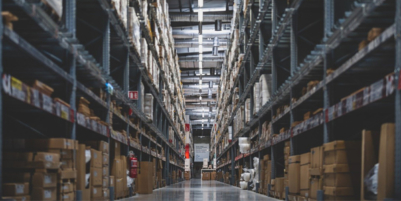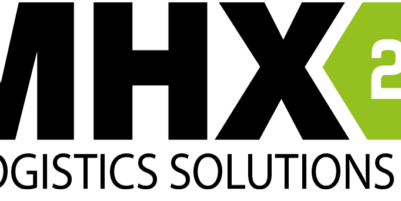-
ROSSLARE EUROPORT TARGETS HEALTH & SAFETY WITH CAMERA TELEMATICS PARTNERSHIP - 2 days ago
-
Landmark Study Reveals Wearable Robotics Significantly Boost Safety and Efficiency in Industrial Environments - July 24, 2024
-
Visku Tackle The Retail Seasonality Challenge One Pallet At A Time - July 22, 2024
-
KAMMAC AND BERGEN LOGISTICS STRENGTHEN FASHION & LIFESTYLE SERVICES IN THE UK - July 19, 2024
-
TENTBOX EXTENDS PARTNERSHIP WITH ARROWXL TO SUPPORT INCREASING DEMAND - July 17, 2024
-
The Perfume Shop improves customer journeys while driving profitability in partnership with Scurri - July 17, 2024
-
ZEROMISSION SECURES £2.3M ($3M) INVESTMENT TO ACCELERATE ELECTRIC FLEETS - July 16, 2024
-
BCMPA CELEBRATES SUCCESS OF 2024 CONFERENCE - July 15, 2024
-
Best of the Best: Jungheinrich Celebrates Triple International Award Win - July 12, 2024
-
GOPLASTICPALLETS.COM CALLS ON NEW CHANCELLOR RACHEL REEVES TO CONSIDER PLASTIC PACKAGING TAX REFORM - July 10, 2024
The 3 key ways companies are reacting to the supply chain disruption from COVID-19: React, Recover and Prepare
Ken Fleming, President, Logistyx Technologies
Global supply chains have always faced disruption – from extreme weather events, the ‘Amazon effect’, Brexit and trade wars, and now the COVID-19 pandemic. Each brings ambiguity regarding a) how shippers and customers will be impacted and b) how long the disruption will endure.
Looking at COVID-19, the answer to the latter could be grim. According to Ethan Harris, head of global economic research at Bank of America, “The shock to supply chains is deeper and more sprawling than the trade wars of the past two years and likely to be more prolonged than the storms, earthquakes, or floods that have been a source of stress for major industries in the past.” Oxford Economics echoes this, estimating the COVID-19 outbreak will cost the global economy $1.1 trillion.
At Logistyx Technologies, we have had the opportunity to talk to customers in retail, ecommerce, manufacturing, health sciences and 3PL, to understand the repercussions of the COVID-19 outbreak, and how they are responding. Their reactions are typically falling into one of three categories:
1. React
Manufacturers and retailers taking urgent action to adapt their supply chain operations for the immediate disruption caused by the pandemic as well as adopting strategies to help them conserve cash until they know how long the disruption will last.
2. Recover
Many companies are planning for
recovery after the pandemic at some point in Q3. They appear to be prioritising two key supply
chain fronts:
a) Re-establishing supply chain projects and activities, and
b) Navigating a very short preparation window for Peak Season.
3. Prepare
Some companies are already establishing programmes to prepare for the impact of the next unforeseen situation. They’re using the unplanned downtime to plan how to minimize future disruptions. As well as upgrading Disaster Recovery and Continuity Plans, they’re increasing access to new carrier companies in order to be more agile in the future – and trying to upgrade technology to provide better supply chain visibility.
Prepare Now to Return to Normal Later
We are currently managing an influx of requests to support companies in the ‘recover’ and ‘prepare’ stages, with many considering that consumer purchasing behaviour may change forever. Retailers that quickly identify what this means for their supply chain and technology infrastructure and pivot their channel strategies accordingly will gain a competitive edge. At the same time, an increasing number of companies are also looking to digitise their supply chain management and move as much of their technology stack as possible to the cloud. Retailers, for example, with the digital technology necessary to flex omnichannel fulfilment muscles such as ship-to-store, order pickup, and ship-from-store, have been ahead of the game, and others are learning from their example and positioning themselves ready for the next disruption.
Using the Business Intelligence capabilities of a TMS for parcels, enables quick, real-time analysis allowing companies to look at their transportation costs in a deeper way and inform decision making. For example, rate shopping – critical functionality at a time when surcharges are increasing – can be executed quickly and without an intense reliance on human resources.
Looking to the Future
Currently, the COVID-19 pandemic has most companies making substantial modifications to their supply chains to avoid disruptions. The long-term question is: what lessons will they learn? A reminder to all businesses: document everything that you are doing right now. What have you had to do? How did you do it? What challenges were overcome? There are important life lessons for businesses, not least to not underestimate the probability of another unforeseen disruption in the future.

































